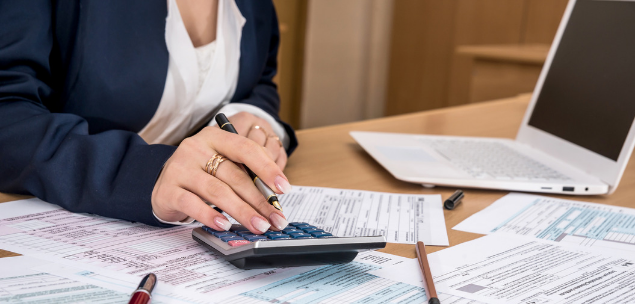Australians are urged to get organised ahead of the end of financial year, including finding a great accountant, collating all necessary paperwork and knowing what you can deduct, in order to maximise and get the most out of your returns.
Caroline Guillemain-Brunne is the founder of Organise.Curate.Design, a lifestyle management agency that helps people tackle their ever-growing to-do lists. She runs a team of Life Assistants you never knew you needed and says tax time doesn’t have to be a chore.
“With a few steps, tax time can be stress free and a really great time to review all of your financial arrangements.” said Ms. Guillemain-Brunne.
Get a great accountant
To maximise your time and your tax return, Caroline says the first step, and most important thing to do, is get a great accountant.
“Never settle for second best when it comes to an accountant – you should always feel comfortable enough with them to recommend them to your best friend. If the cost of engaging an accountant turns you off, remember that the cost of an accountant is actually tax deductible.”
Label all tax paperwork clearly and keep it all in one spot
Caroline suggests getting all your paperwork together as early as possible and using email folders for digital receipts and dividers for any paper documents.
“Set up a sub-folder in your emails for any statements and electronic receipts so it is easy to drag and drop. You can have a folder for the financial year or for each month of the year. You can do the same thing for paper documents – divide them into different folders depending on the category and label folders by year or month.”
Genevieve Rajakulendran at KNP Accounting added that making the most of online storage is a good way to keep track of receipts and documents for the ATO mandated period of seven years.
“Receipts can fade over time so taking a photo and storing on the ‘cloud’ is a safer option. Make use of freeonline storage programs such as Dropbox or OneDrive. These can also easily be shared with your accountant,” said Ms. Rajakulendran.
While the documents you need may differ given your situation, the following is a good spot to start:
• Bank statements
• Any receipts of work- related expenses or donations
• Summary of your income and expenses for the year indicating your profit for the year
• Summary of assets you own
• Summary of debts you owe
Use your phone
Another way of staying organised throughout the year for EOFY is to use your phone to take photos of receipts or record messages to remind yourself of things you’ve purchased throughout the year.
“Take photos of receipts whilst you are out and about, especially if you’re travelling. You can then file them immediately and prevent coffee stained, crumpled and faded receipts. If you’re particularly forgetful, you can use your phones voice recording app and record messages to yourself about purchases you’ve made and why.”
Ask for help
If finding the right accountant, sorting through paperwork or researching items to purchase with surplus funds is overwhelming, then get an additional set of hands!
“Engaging a Life Assistant through Organise.Curate.Design can be a life saver at tax time. We can help find your perfect accountant, organise all your paperwork, and help get your head around how to stay organised for tax time. We can also help to implement strategies around setting goals for the coming financial year and efficiencies to make your next EOFY period an enjoyable one,” said Ms. Guillemain-Brunne.

